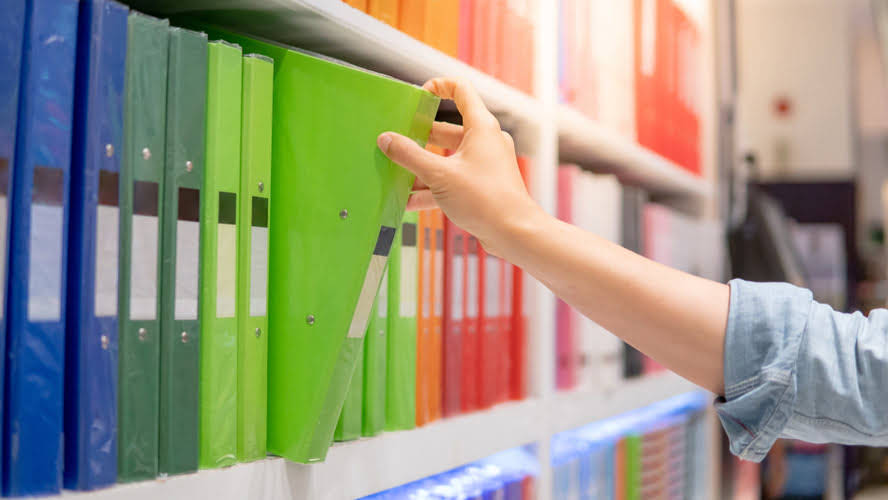
Of course, in the restaurant industry, you’ll need to factor in tips along with the standard tax considerations for employees. Tips (not including automatic gratuities, which work differently) are considered employee income, not restaurant income, and are not subject to withholding. The easiest way for a restaurant to maintain its books is to use one of the best business accounting software solutions. Now that you have data, you’ll need to know how to best leverage it for your business. After each staff member has counted inventory, they should compare their counts to make sure they are the same.

The good news is that you don’t have to be an expert in finance to run a successful restaurant. As a restaurant owner, you have to look after and keep track of every aspect of your operations – staff, raw materials, customer service, sales volume, and more. A fourth-generation restaurateur who is well versed in the restaurant industry. After successfully running and eventually selling his own operations, went on to work for Corporate Red Robin, training on-site GMs on effective restaurant management and operations. Previously worked for Aloha POS as a Program Manager, increasing knowledge of BOH software and how to effectively integrate such systems into everyday operations. The best way to ensure you create a precise budget and accurately forecast sales is to understand your break-even points with regard to sales.
How do cash inflows and outflows affect your business?
This method is used by companies that run their accounting on an accrual basis. Whereas the indirect method statement of cash flows calculation involves making additions and subtractions to the income statement based on cash and non-cash transactions to arrive at your cash flow statement. By accounting convention, the cash flow statement is divided into three parts, cash flow operating activities, investing activities, and financing activities. Get a deposit upfront so you know your staffing and food costs are covered well in advance.
- Customers pay less and your business avoids the expense overhead of credit card processing fees.
- One way to improve cash flow, particularly during slow seasons, is to reallocate space and staff to special events.
- Prime cost is the total of cost of sales plus all payroll-related costs, including management salaries, hourly staff, and payroll taxes and benefits.
- That means investing in good accounting and POS systems and hiring people who are as committed to maintaining a positive operational cash flow as you are.
- Poor inventory management can take a huge bite out of profits and company cash flow.
- You can introduce new policies to prevent future breakage and reduce energy consumption, but you will continue to incur these costs regardless of sales or customers.
Your labor and food costs will be higher if you have a busy week and sales are $10,000, versus a slow week when sales are $5,000. Variable expenses are more difficult to budget because they change frequently. Hourly wages for employees and food costs are the most significant variable expenses. Profits will fluctuate, so it’s crucial to use percentages instead of a fixed dollar amount. While your theoretical cost is not part of your P&L, it’s important to compare your theoretical CoGS to your actual CoGS on your P&L statement.
Food & Beverage Sales Report
When you put everything on credit, your future profits will be directed to digging out of debt and a lot ends up wasted on interest. To easily calculate your cash flow statement, you need a complete solution for restaurant accounting. Your cash flow statement is a regular measure, in conjunction with the income statement and balance sheet, of the evolving quality of your finances. As a group, these financial statements enable operators to make fully informed operational changes that drive profitability in the business.
It then subtracts operational expenses – from labor, food purchases, and direct operating, administrative expenses, and occupancy costs. Poor inventory management can take a huge bite out of profits and company cash flow. While your first few profit & loss reports may uncover patterns you didn’t want to address, knowledge is power! Your profit and loss statement will tell you exactly how much to need to trim from your expenses and distributions to get back in the black.
Financing Activity
A restaurant has money invested in many forms like inventory and depreciating fixed assets like kitchenware or furniture. Combined with marketing and building expenses, different revenue and expense streams, there is a lot to stay on top of and a cash flow statement can help with that. Using a restaurant cash flow forecast, you can decide when is the right time to make a capital expenditure or predict when to cut back on expenses. For example, you might find that by hiring seasonal staff during the summer, you can reduce costs with a smaller, more efficient, year-round salaried staff. Cash flow from Operating Activities lists the transactions that form your average restaurant’s bulk of cash flows. Operating activities include the revenue generated from food and beverage sales, merchandise sales, and rental receipts.
The closer a cost is tied to sales (such as CoGS and hourly labor), the more control your management has on the final number on the P&L. Management is able to influence controllable costs and profit to a much greater degree than non-controllable and fixed expenses like rent, taxes, interest, and insurance. The combination of CoGS and labor is generally referred to as “prime cost”, since these are the primary expenses involved in producing revenue. Think of these as costs that are essential to selling goods (you couldn’t sell the wine without the wine and the person to sell the wine, for instance). After you’ve received your orders, update your inventory master list with the exact unit cost of each item.
Finding the Right Food Suppliers for Your Restaurant
At its most basic level, a P&L reflects costs that are subtracted from sales. The result is a number that gives you a rough idea of a restaurant’s financial health. It is also restaurant cash flow one of the most important statements when understanding restaurant financials overall. When it comes to cash flow, restaurants are unique from most other business segments.

Generally, restaurants that generate less than $1 million per year in revenue can choose either method, but those that generate more than $1 million must use the accrual method. Here’s a look at each accounting method and how a chart of accounts comes into play. Your total cash flow for your desired period is your cash inflows minus your cash outflows. So cash inflows are basically your sales plus any liquidated assets to finance your business plus any small business loans. Any increases in expenses that exceed increases in revenue are big red flags. If you’re not able to cover your opening capital investments (generally amortized over time) or the interest on loans, you will need to look closely at your revenue and controllable costs.